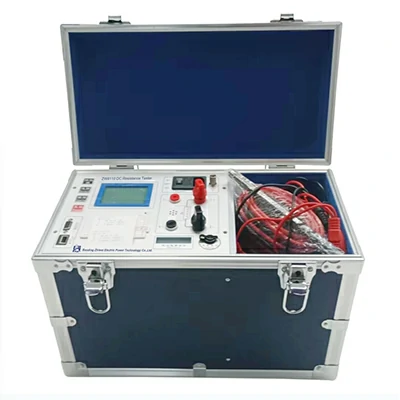One commonly used procedure in determining the state of motor windings is the winding resistance test which is done to know how compromised they are in terms of their condition. Many standards for performing the winding resistance test exist, such as those suggested by bodies like the International Electrotechnical Committee (IEC) or The Institution of Electrical and Electronic Engineers (IEEE).
So let’s discuss general lines or steps involved in performing winding resistance test based on such or different guideline:
- Preparation: Before conducting the test, ensure that the motor is de-energized and disconnected from the power source. Follow proper safety procedures, including lockout/tagout protocols, to prevent accidental startup.
- Equipment Setup: Use a digital multimeter or a specialized winding resistance meter capable of accurately measuring low resistances. Ensure that the meter is properly calibrated and connected to the motor windings.
- Measurement Connections: Connect the test leads of the meter to the terminals of each winding, ensuring proper polarity. For three-phase motors, measure the resistance between each pair of winding terminals (i.e., R-Y, Y-B, B-R).
- Temperature Compensation: If available, use a temperature probe to measure the temperature of the windings during the test. Many modern winding resistance meters have built-in temperature compensation features to adjust the resistance readings based on the temperature of the windings.
- Measurement: Apply a low-voltage DC test current to the windings and measure the resistance. Typically, the test current is kept low to prevent heating of the windings during the test.
- Recording: Record the resistance measurements for each winding, along with the temperature (if measured), and any other relevant information such as the motor identification number and test date.
- Interpretation: Compare the measured resistance values to the manufacturer’s specifications or standard reference values for similar motors. Significant deviations from expected values may indicate winding faults, such as short circuits, open circuits, or insulation degradation.
- Analysis: Analyze the results of the test to determine the overall condition of the motor windings. Additional diagnostic tests, such as insulation resistance testing or partial discharge analysis, may be necessary for a comprehensive assessment.
- Documentation: Document the test results, including any abnormalities or deviations from expected values. Keep records of the test for future reference and maintenance purposes.
We all have different ways of testing winding resistance efficiency. The results could be different for various reasons including the kind of motor being used and its application as well as industry standards in force at that time or even laws that govern operation in certain sectors. Make sure you always consult appropriate guidelines provided by manufacturers before carrying out any test on windings.”
